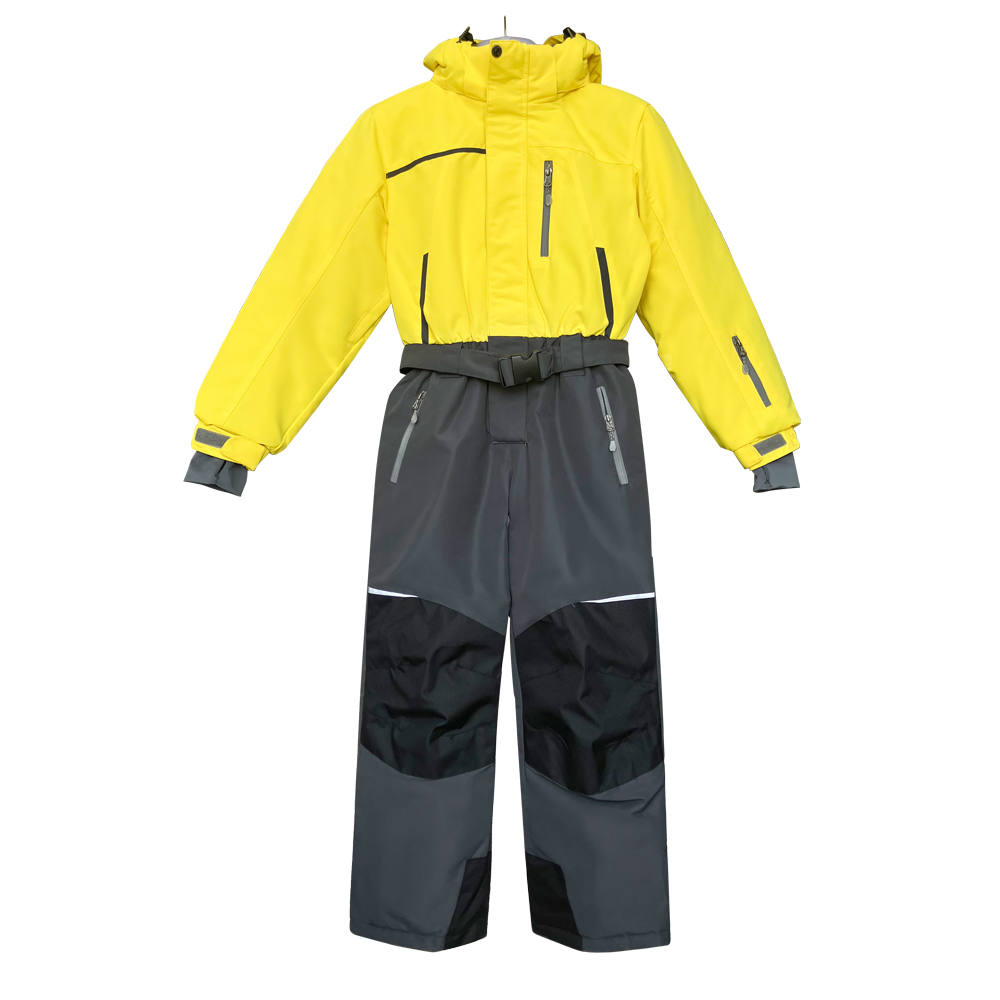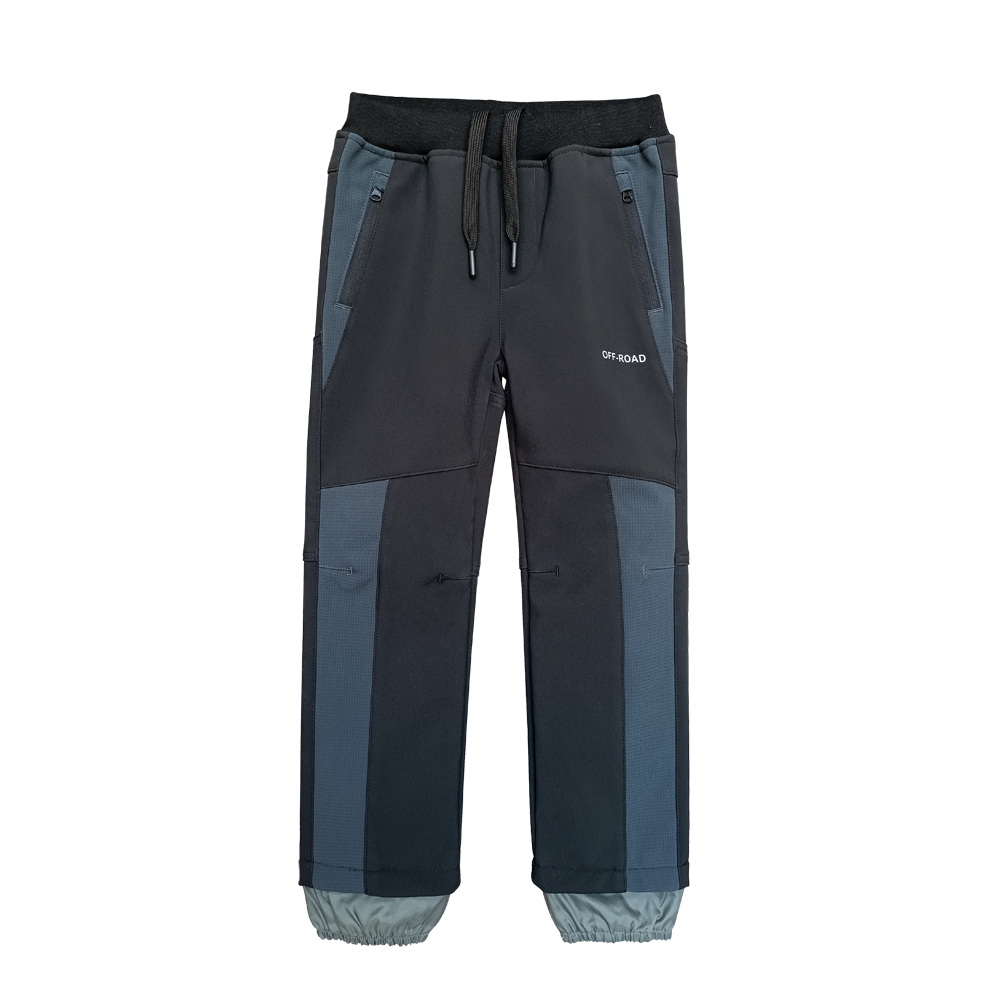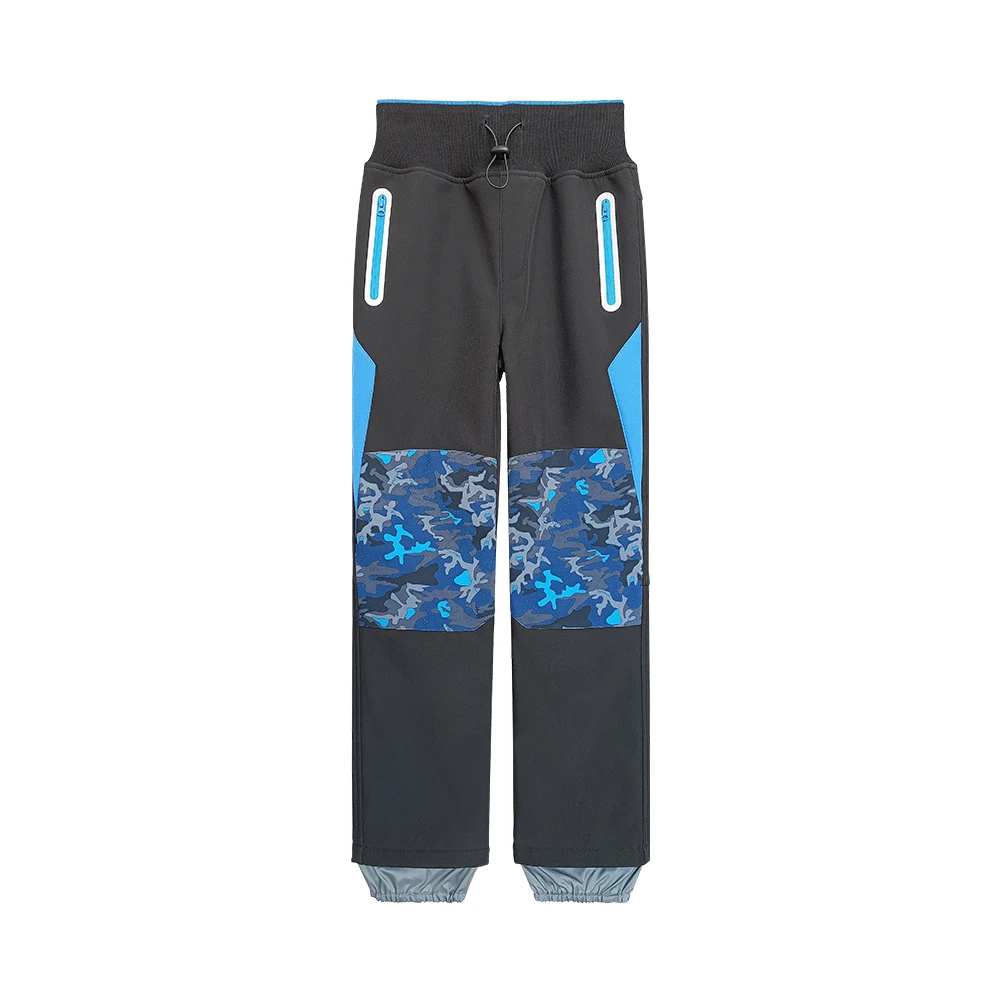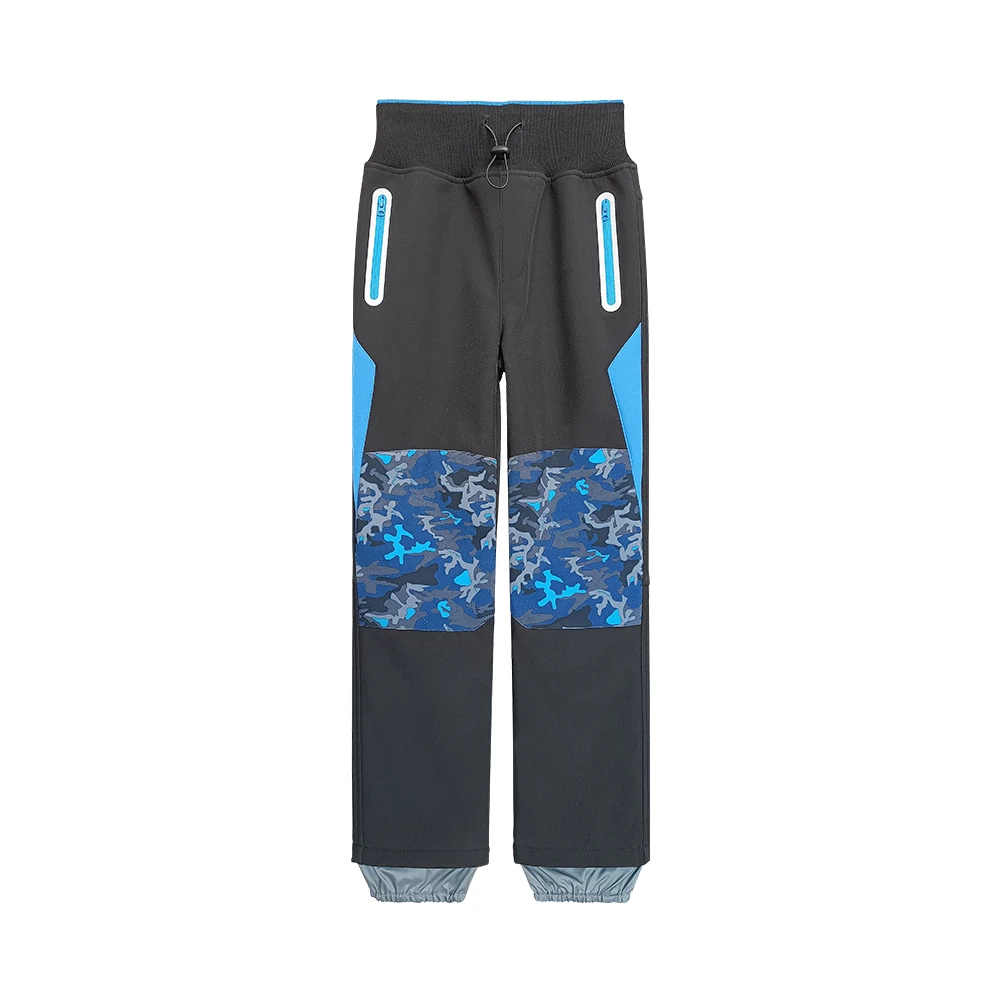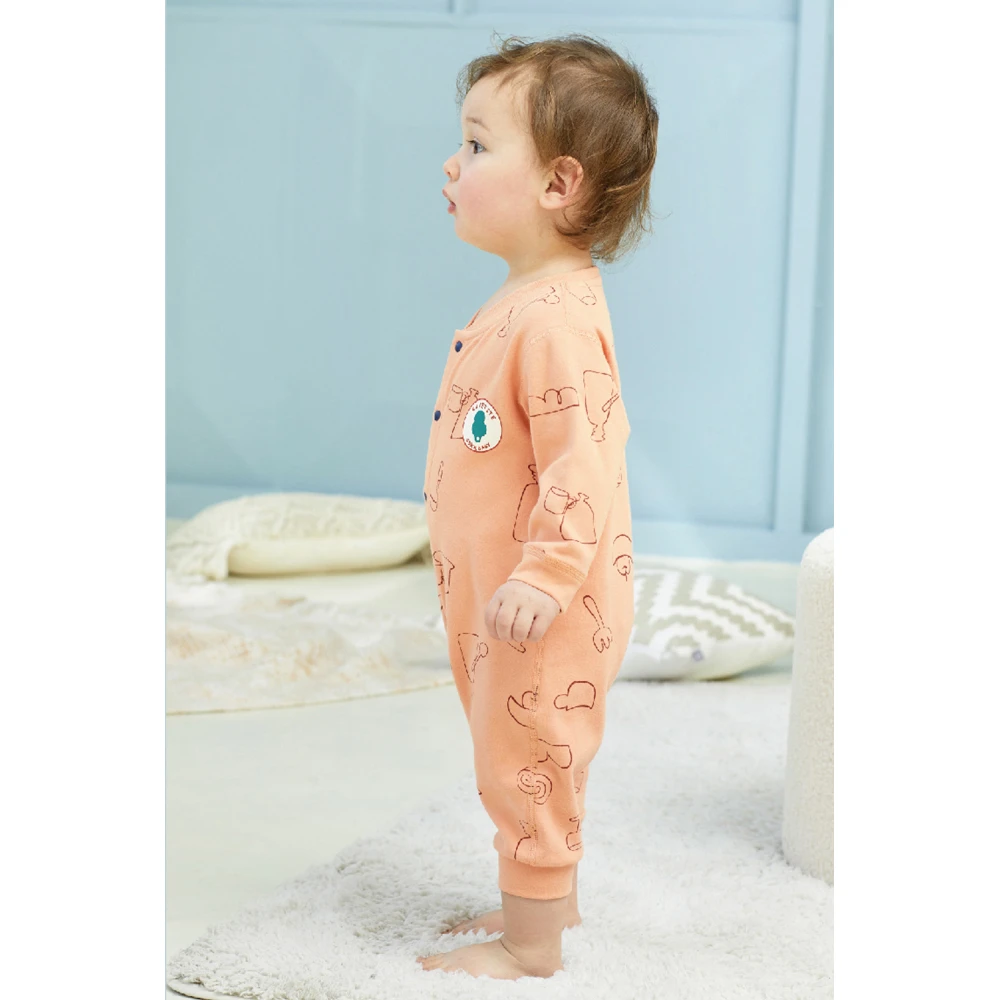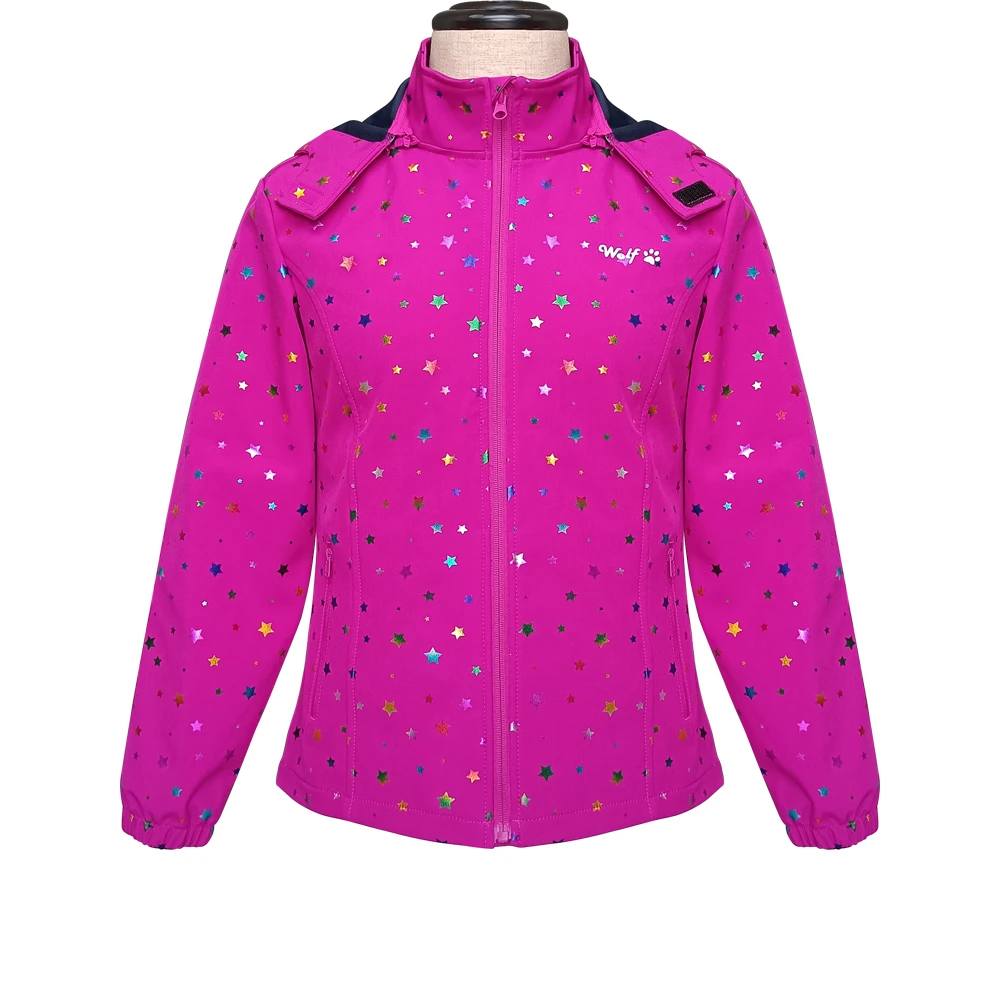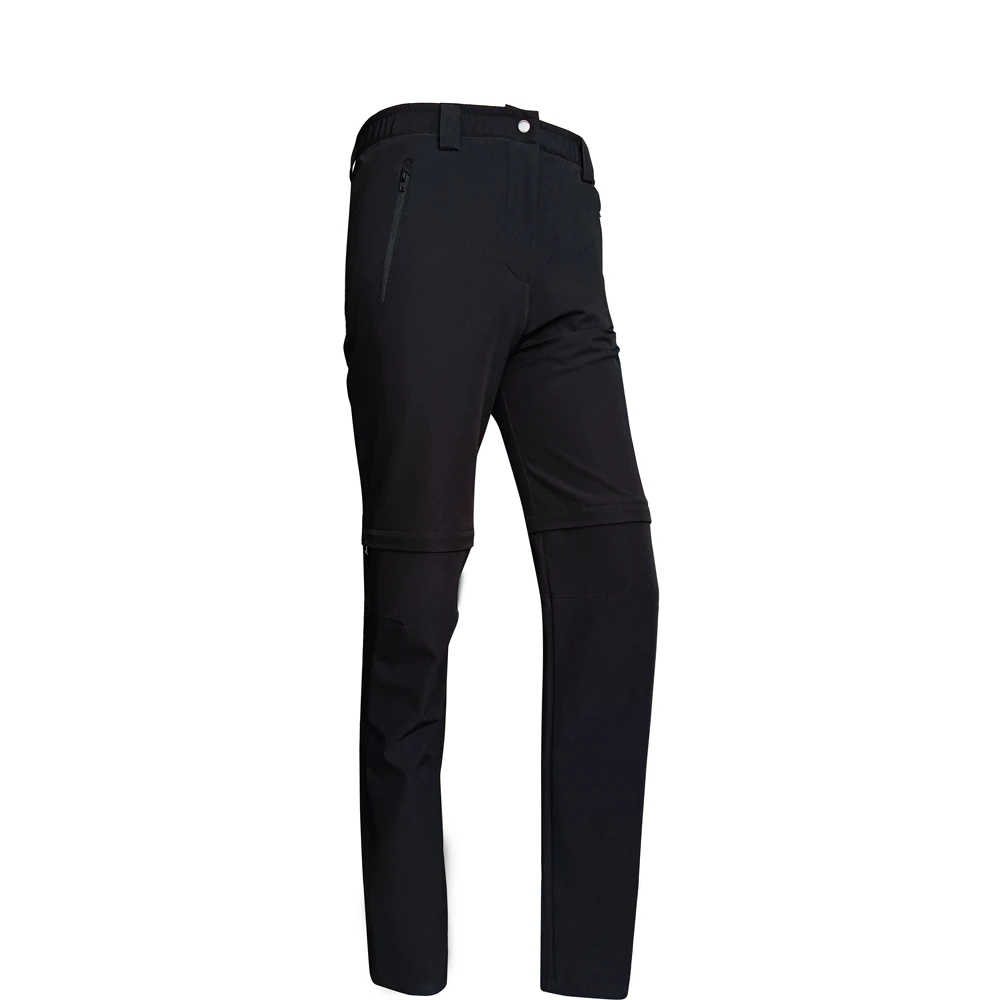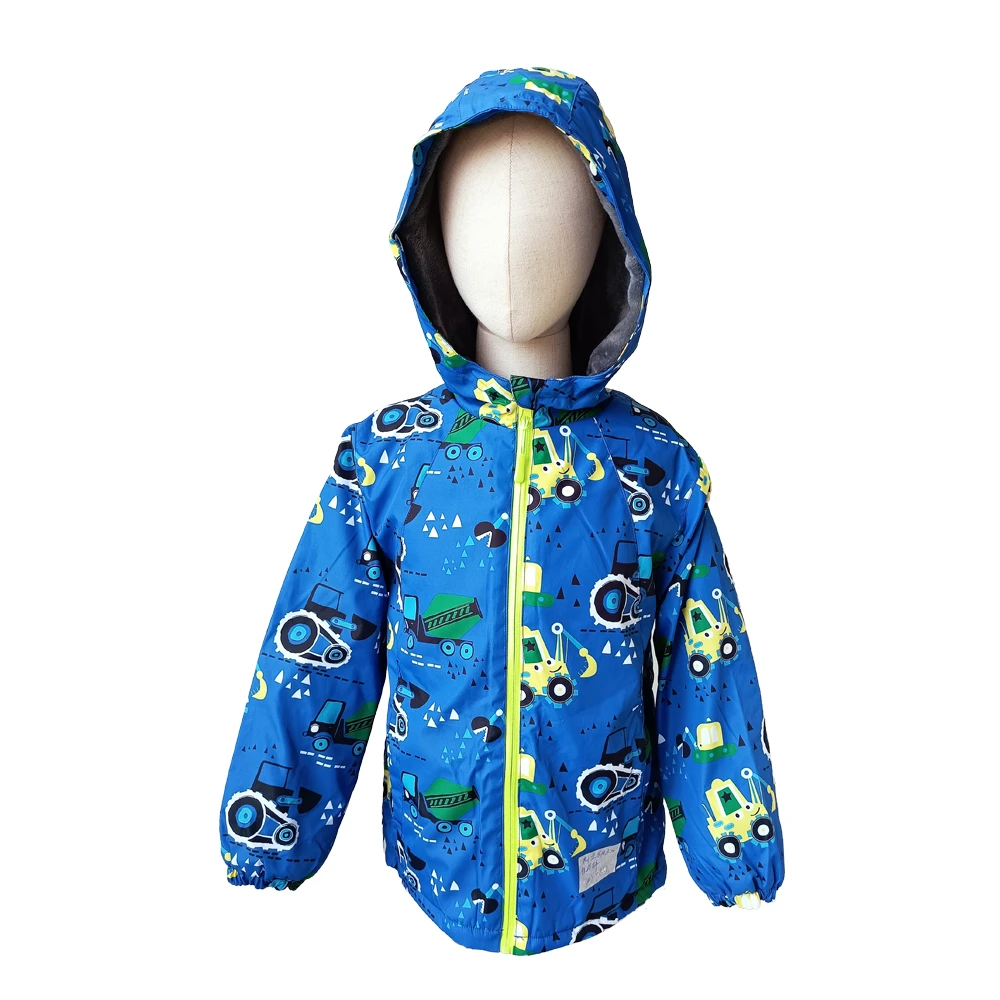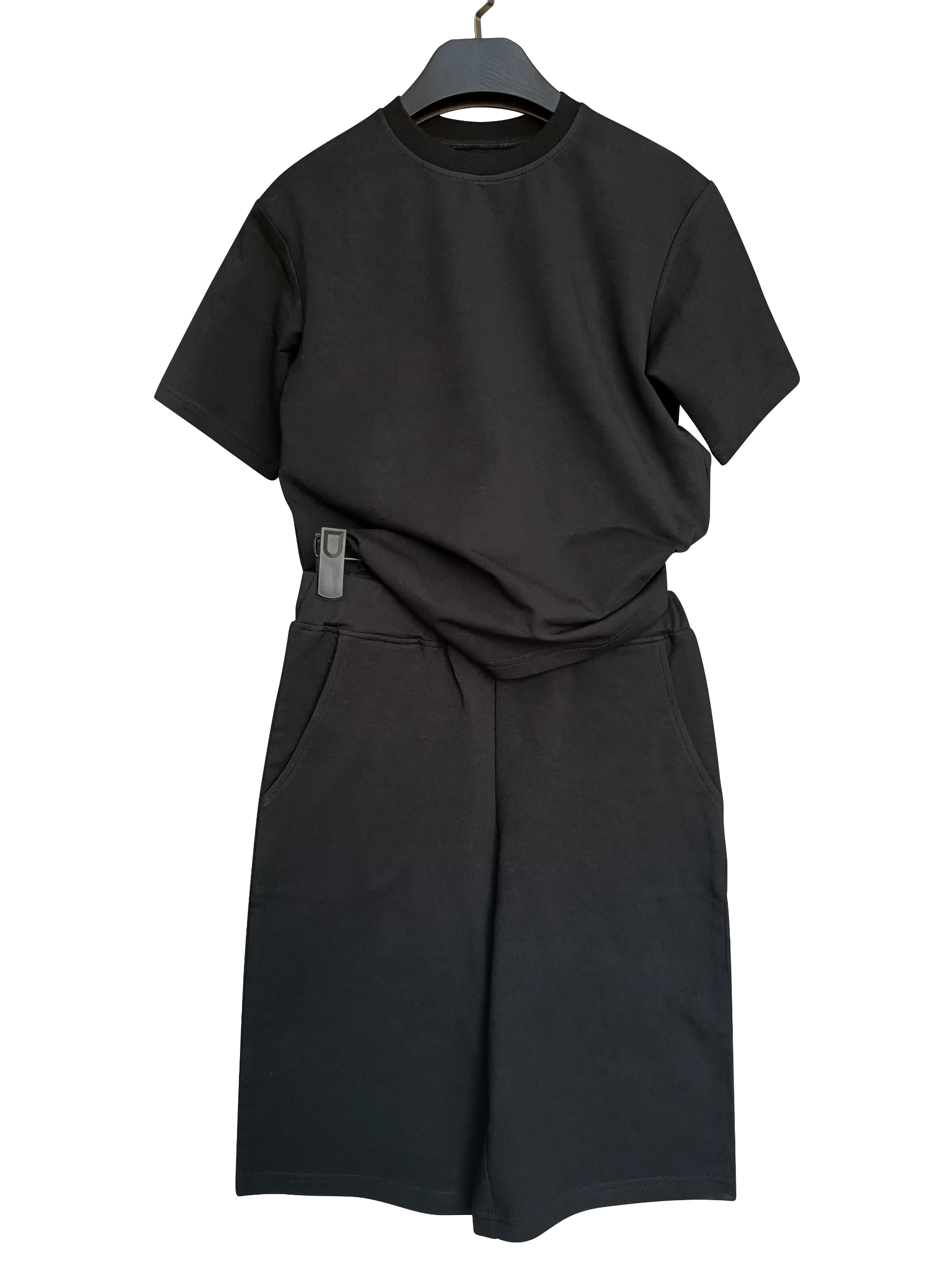
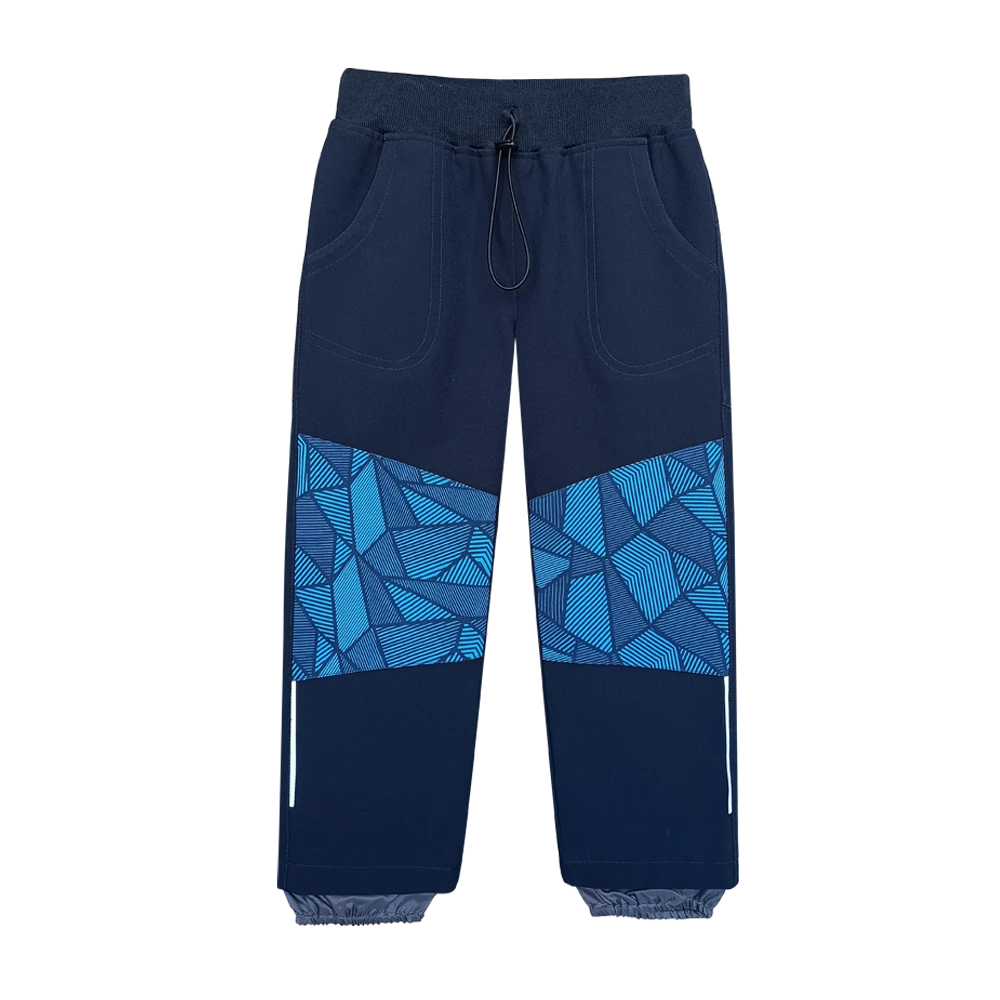
In the realm of user experience, thoughtful design in plastic raincoats can transform them from mere protective gear into versatile wardrobe additions. Features such as adjustable hoods, ease of packing for travel, and even stylish silhouettes that transition seamlessly from countryside hikes to urban settings are enhancements that provide significant added value. Moreover, the modern emphasis on personalization has led some manufacturers to offer customizable options, allowing individuals to select colors or add personal motifs—actions that resonate well with today’s audience seeking individuality in their fashion choices. The intersection of technology and rainwear is an emerging trend too. Innovative smart fabrics and nanotechnology offer raincoats with self-cleaning surfaces and responsive temperature adjustments, pushing the boundaries of what traditional plastic raincoats can offer. Such advancements, while in nascent stages, provide a glimpse into the future of outerwear, hinting at possibilities where functionality and technology coalesce. Finally, it's paramount for consumers to consider the lifecycle of their plastic raincoats, focusing on the ease of recycling or repurposing them at the end of their usage to mitigate environmental impact. Brands excelling in this department often provide programs to return used garments for recycling, further cementing their position as leaders in sustainable fashion. In conclusion, the humble plastic raincoat, with a thoughtful purchase, can serve not only as a shield against the elements but as a reflection of one's commitment to sustainability, style, and smart consumerism. As this market segment evolves, a robust understanding of material, production processes, and eco-conscious consumer values will perfect the synergy between practicality and modern-day aesthetics, making the plastic raincoat an indispensable component of one’s wardrobe.


